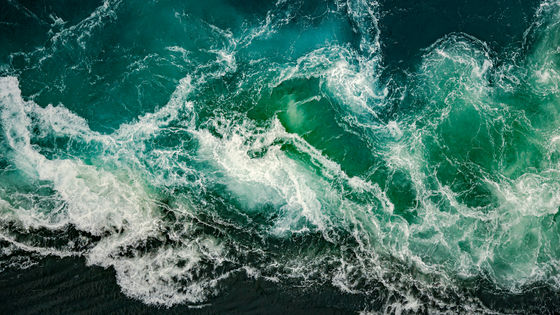What are the 'mysteries on Earth that nine scientists at the forefront of nature, ecology, and other fields want to solve'?

Even for outstanding scientists with a wealth of knowledge and ideas, many mysteries remain undiscovered or unsolved for technical reasons. The Guardian, a major British newspaper, asked nine top scientists at the forefront of their fields, 'What is the biggest secret remaining about life on our planet?'
Great unknowns: nine top scientists on the one mystery on Earth they'd like to solve | Global development | The Guardian

Andy Purvis, a researcher at the Natural History Museum in London , one of the world's largest museums, and co-author of the United Nations' Global Assessment Report in 2019, cited 'how many species are there on Earth' as the biggest mystery. Previous research has estimated that we live with between 3 million and 100 million species, but even today it is not possible to make an accurate prediction.

Cory Morrow, an evolutionary biologist specializing in ants at Cornell University, said he would like to see the 'biological big bang' that is believed to have occurred 540 million years ago. During that period, known as
Bonnie Waring, a senior lecturer in climate change and the environment at the London School of Economics (LSE) in the UK, said she wanted to know whether microbes, the smallest living organisms, could affect large-scale climate issues. Bacteria and microorganisms play an important role in healthy soil, which helps plants grow well. However, most of these microorganisms cannot be cultured in the laboratory, so little is known about their ecology. Among them, certain microorganisms have been found to greatly help tree growth, so Waring said, 'Could these 'good microbes' be our best allies in fighting climate change and promoting food security?'

Alexandre Antonelli, scientific director at
In response to a question from The Guardian, Yadvinder Malhi, a professor of ecosystem science at the University of Oxford, said, 'We know that animals play a role in ecosystems, such as pollination and seed dispersal, but I think there are many other small but surprisingly important interactions, such as nutrient cycling, selective plant intake, and complex networks of predators and prey, that are not well studied.' According to Malhi, a big mystery is, 'To what extent do animals shape the workings of the planet Earth?'
Robert Watson, one of Britain's most renowned climatologists, said: 'If there is one uncertainty we need to know at the moment, it is the Gulf Stream , which forms at the western end of the North Atlantic subtropical gyre, whether and when it could suddenly stop, completely changing the climate of Europe, causing a sudden drop in temperature and with devastating effects.'

A key mystery is whether there are universal rules in plant and animal evolution, says Sandra Myrna Diaz, a professor of ecology at the National University of Córdoba in Argentina. Even organisms with very different ancestries follow a common style to some extent. What are the most general and simple rules that govern that style, and why are they important rules? These are deep and difficult questions.
Gladys Kalema Jikusoka, Uganda's first wildlife veterinarian and a pioneer in nature conservation, raised the topic, 'How many people can the Earth support?' The world's population continues to grow and is predicted to increase by another billion people in 10 years from 2023. The ever-growing population is destroying nature and ecosystems in search of food, leading to climate change and the outbreak of infectious diseases and pandemics, making the global environment unsustainable. Therefore, Jikusoka is talking about the mystery he wants to solve: 'If we could live in balance and in harmony with nature, how many people can the Earth accommodate?'
Finally, Patrick Vallance, former chief scientific adviser to the UK government and chairman of the Natural History Museum Board of Trustees, focuses on the limits of species adaptation. As the climate changes and species adapt, some species will not be able to adapt and will become extinct. There are many unknowns about the fundamental questions of which species will no longer be able to adapt and at what point, and what determines the limits of adaptation. Vallance said, 'The answers to these questions will not only determine the future shape of the natural world, but also provide deep insights into how biology works and evolves.'
Related Posts:







